How Little Fluffy Dogs Saved Indians From the Cold for Centuries
Categories: Animals | Nations | North America
By Pictolic https://mail.pictolic.com/article/how-little-fluffy-dogs-saved-indians-from-the-cold-for-centuries.html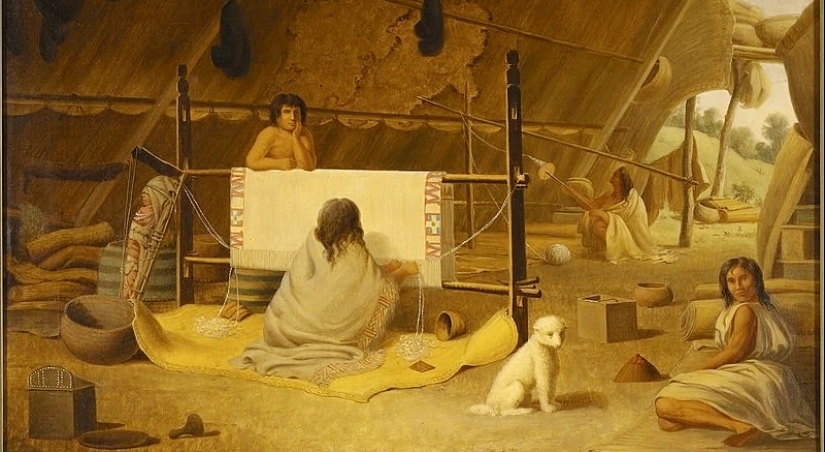
Dogs have long been considered man's best friend. These animals help people in the police, rescue services and the army, guard homes and businesses, work as guide dogs or simply live nearby as loyal companions. Unfortunately, in some countries dogs are bred for meat. You may think that you know everything about the relationship between people and these animals. But no. At least if you have never heard of the Salish wool dogs, which once replaced sheep for the Indians.
In 1791, the Spanish explorer Juan Francisco de la Bodega y Cuadra made a long journey along the western coast of the American continent. Having reached the Salish Sea, which washes modern British Columbia in Canada and the northwest of the American state of Washington, the explorer met a strange people.

Before this, Juan Francisco had traveled thousands of miles along the Pacific coast and met dozens of Indian tribes. They had different languages, customs, and gods, but they all wore clothes made of leather and fur. The tribe discovered by the Spaniard, living in the harsh northern climate, seemed to belong to a completely different civilization. The Salish Indians almost never used leather - they were dressed in beautiful and comfortable woolen clothes.
Juan Francisco de la Bodega y Cuadra knew well that goats were bred for wool in his native land. But they certainly did not live on the shores of the Salish Sea. To his great surprise, the source of wool for the Salish was… herds of shaggy white dogs. These dogs were sheared in the same way as goats or sheep, and their wool was made into yarn. The Indians knitted items from the yarn or wove high-quality woolen fabrics on hand looms.
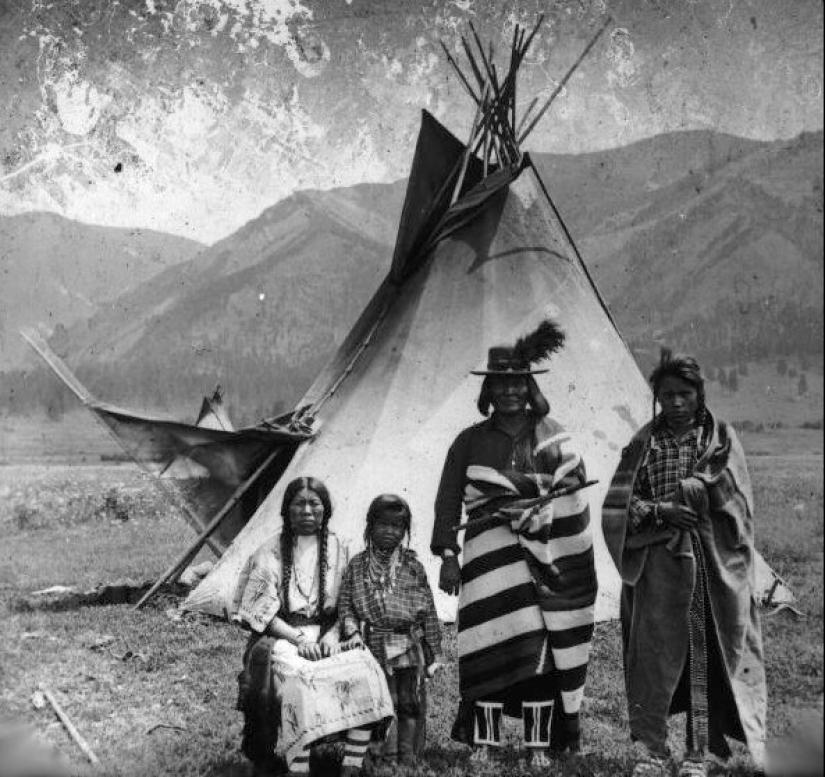
After spending several months with the Salish, the Spaniards found out that the entire economy of the tribe was based on these dogs. Thanks to their wool, people were clothed and shod. In addition, the Indians exchanged wool for necessary goods and products with neighboring tribes. Thus, shaggy dogs became the real basis of the Salish's well-being.
The Salish Woolly Dog, also known today as the Comox or Klallam Indian Dog, is a small dog with long white or beige fur and a docile nature. The animal's fur is excellent for making yarn and can be easily dyed in any color. It is also very dense. In 1795, the Salish were visited by Captain George Vancouver, who noticed that a heavy bale of dog hair could be lifted by one end without it falling apart.
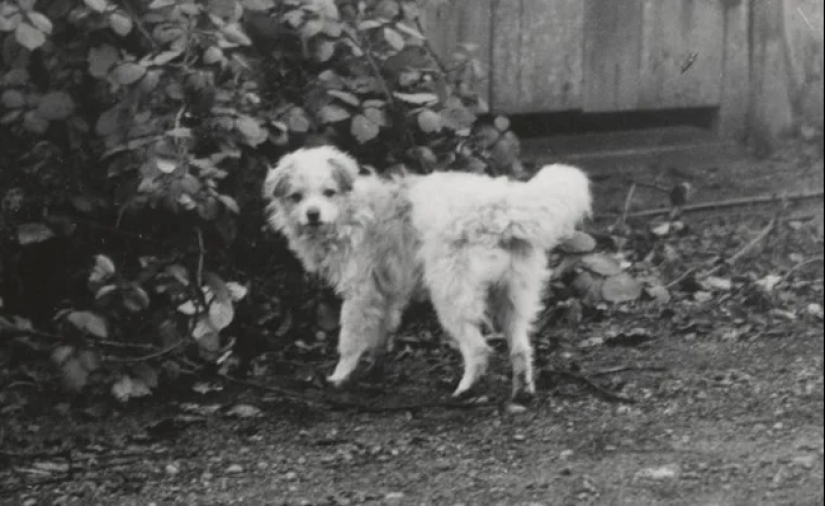
The Salish Woolly Dogs were the tribe's most prized possession. The Indians also had other dogs, which they used for hunting and as sled animals. But the Salish were careful not to mix the breeds. To preserve the purity of the Comox, they were kept in carefully fenced pens or on islands away from villages.
These animals had a special diet, rich in fats - they were fed only fresh and dried salmon and pink salmon. The season for shearing dogs was in the fall, when the hair became especially long and thick. The Salish did not have scissors, but they deftly sheared dogs with primitive blades made from sea shells.
Unfortunately, the ancient dog fur industry did not survive the encounter with European civilization. The Salish were regularly visited by the English, French, and Spanish, who brought their goods. In the 1820s, fur trading posts were established on Salish lands in the Fraser and Nisqually River deltas. There, the Indians were offered machine-made fabrics and blankets from factories in the British Isles and New England for their furs.
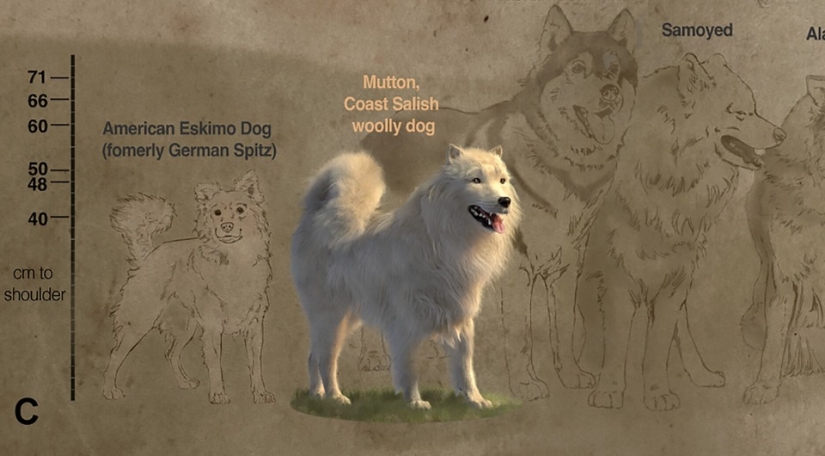
Therefore, the need to keep woolen dogs, which required care and select food, disappeared. Gradually, the breed mixed with local hunting and sled dogs and disappeared. By the middle of the 19th century, Komoks were rare, and by the end of the century, the breed was declared extinct. At the same time, the women of the tribe continued to make woolen things and fabrics, but from imported raw materials.
Nowadays, products made from komok wool are a great rarity. Many museums dream of getting them for their exhibitions. Collectors are ready to pay big money at auctions for an old Indian blanket or shirt. At the same time, fakes are often found, because it is impossible to determine the origin of the wool without complex analysis.
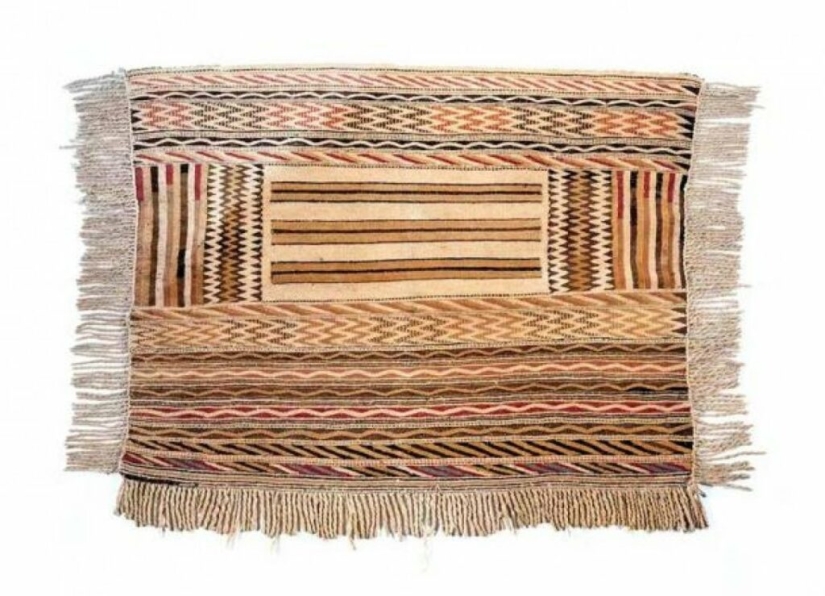
To distinguish Salish dog hair from goat or sheep hair, scientists conduct protein mass spectrometry. Dog hair differs at the protein level from any other. Even rarer than woolen items are the skins of such dogs. The only known specimen is kept in the Smithsonian Institution's National Museum of Natural History.
The skin belonged to a dog named Mutton, who died in 1859. It lay in storage at the Smithsonian until historian Candace Wellman discovered it in 2002. Doubting the find, she took the skin to the University of Victoria, where scientist Elaine Humphrey used sophisticated analysis to confirm its authenticity.
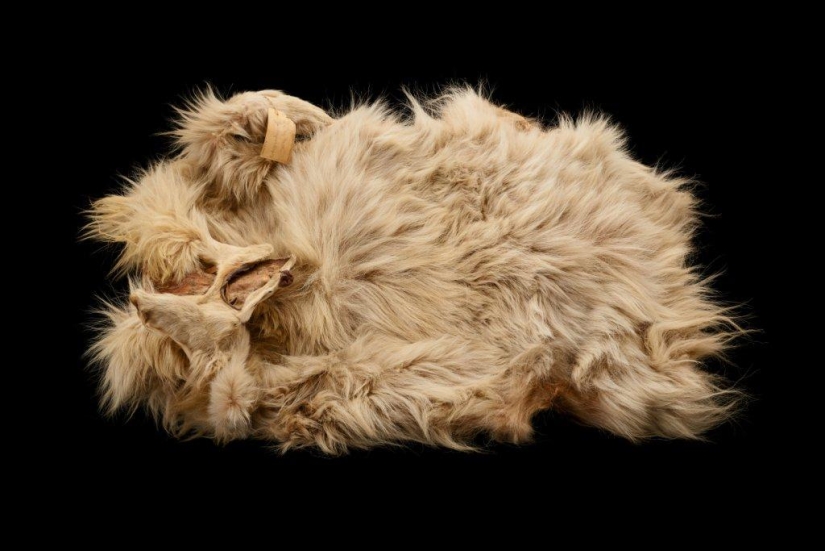
And in 2024, there was hope for the restoration of the breed. A family of Canadian farmers from British Columbia, who bred dogs, found a dog that was surprisingly similar to the Indian Comox. Genetic analysis showed that the animal actually carried the genes of the extinct breed. After that, dog breeders, having enlisted the support of scientists, began breeding. Most likely, it will take many years for enthusiasts to revive the Salish woolly dog, thanks to which an entire tribe survived in harsh conditions for centuries. But geneticists estimate the chances of success as quite high.
What do you think about the attempts to revive the Salish Coated Dog? Is it a tribute to tradition or an interference with the natural course of history? Would you like to see this breed again? Share your opinion in the comments!
Recent articles

To keep near him a man, many women followed the classic pattern: "the Mistress in bed, the landlady in the kitchen, Queen in the ...

The natural diversity of the Earth is impressive and fascinating. Our planet has gone through a turbulent period of geological ...

Impregnable Albion looks beautifully and fabulously in a series of pictures from the talented Chris Gorman. The photographer ...